A set of five literacy rotation task cards to be used in conjunction with Issue 1 of Teach Starter's Year 3 magazine.
Take the stress out of your literacy planning with these comprehensive task cards!
What are these task cards for?
These task cards have been designed specifically for use with Issue 1 of Teach Starter’s Year 3 magazine, What’s Buzzing?
How do I use the magazine and task cards for literacy groups?
In countless ways! You could assign each literary group an article for the week, then allow the students to work through the five sets of task cards.
Teachers, please read over the articles before you plan your activities. Some content may need teacher guidance depending on students’ abilities.
What types of task cards are included?
Five sets of task cards have been included. These address the areas of writing, language, comprehension, reading strategies and higher-order thinking skills.
Year 3 Magazine – What’s Buzzing (Issue 1)
You can access the magazine by clicking the thumbnail below.
[resource:3576194]
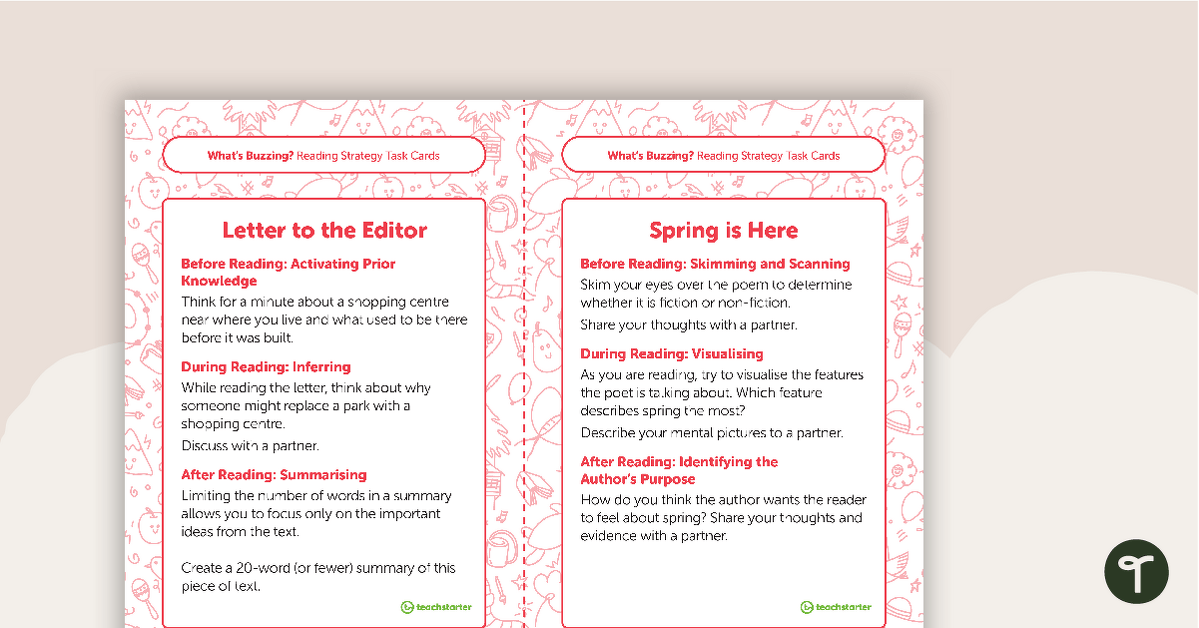
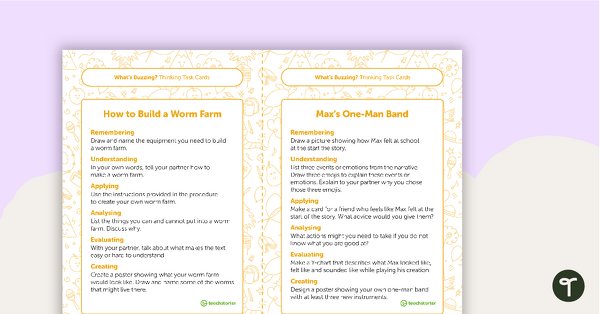
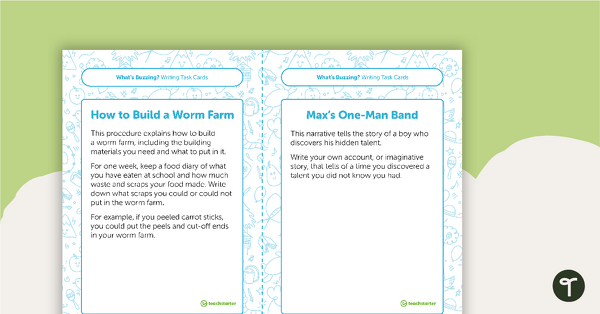

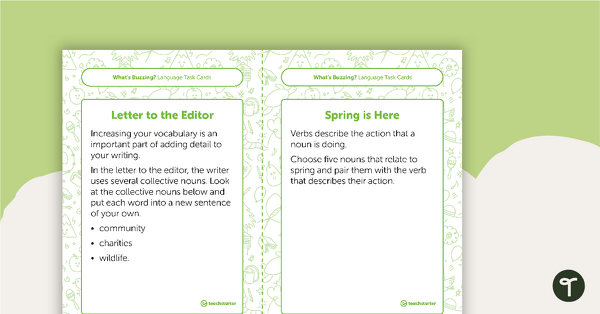

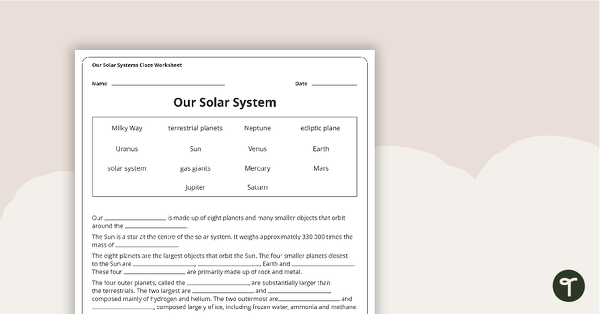

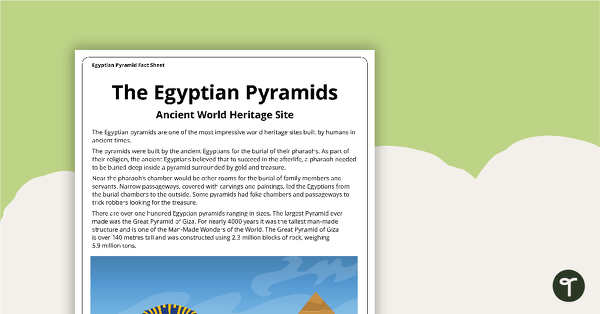
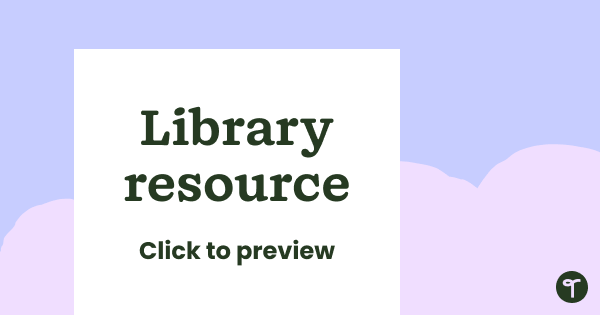
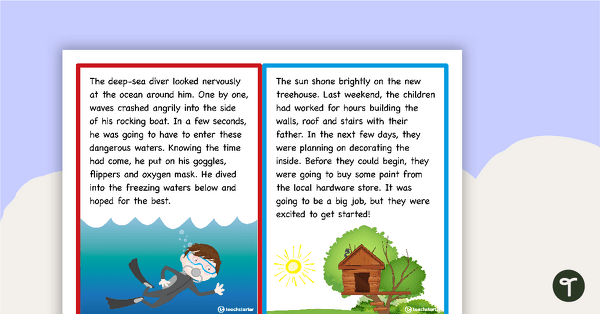
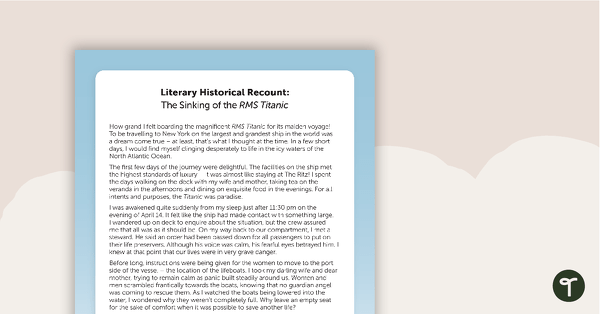
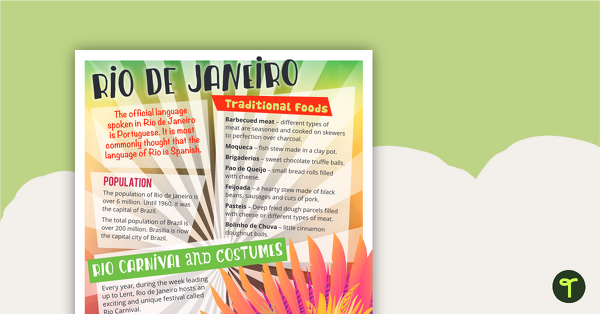

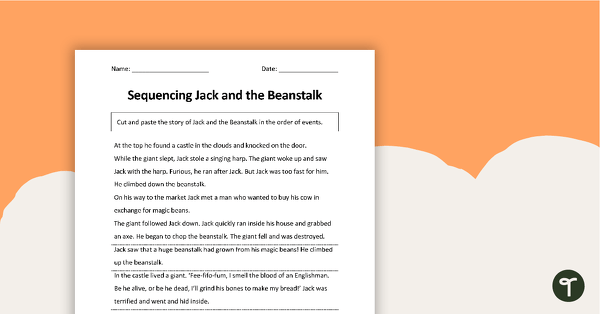
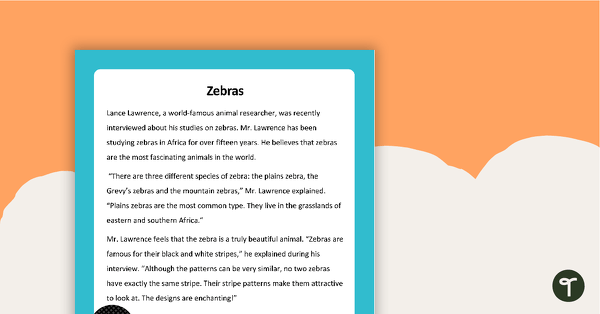
Wow I have just seen this and I am excited to use in my literacy rotations. Thank you!
Hey Sarah, thank you for taking the time to show your appreciation for this magazine. I hope your students enjoy these in their rotations.
Looking forward to adding these to my reading groups
Hey Melanie, thank you for taking the time to show your appreciation for these magazines. I hope your students have a blast reading these. The Y2 magazine is due to come out in the next two weeks!